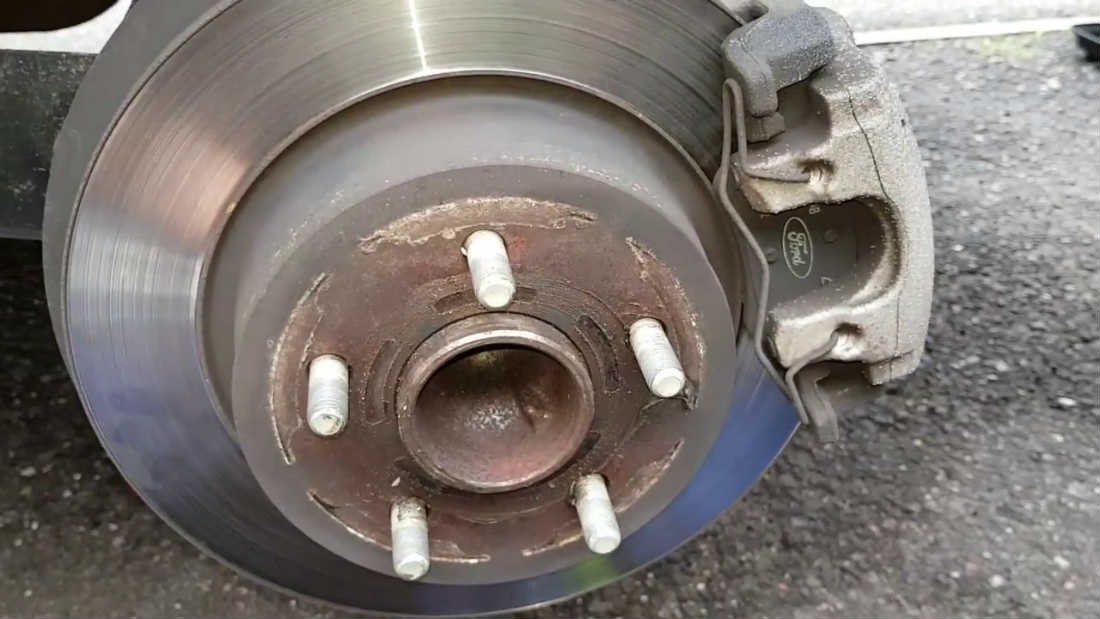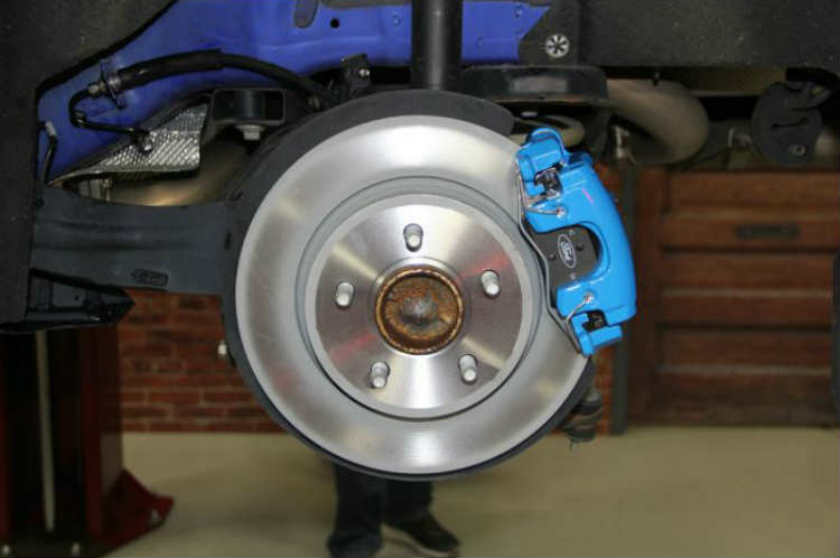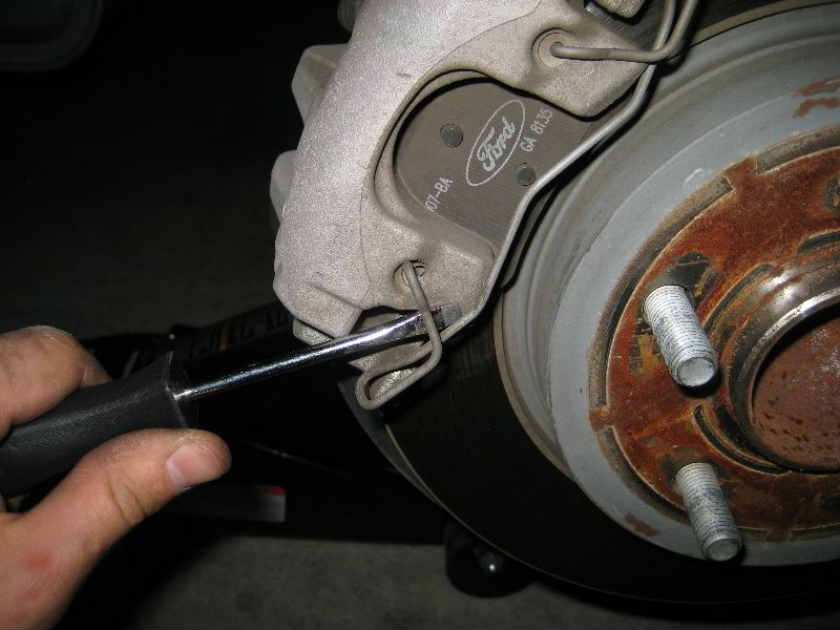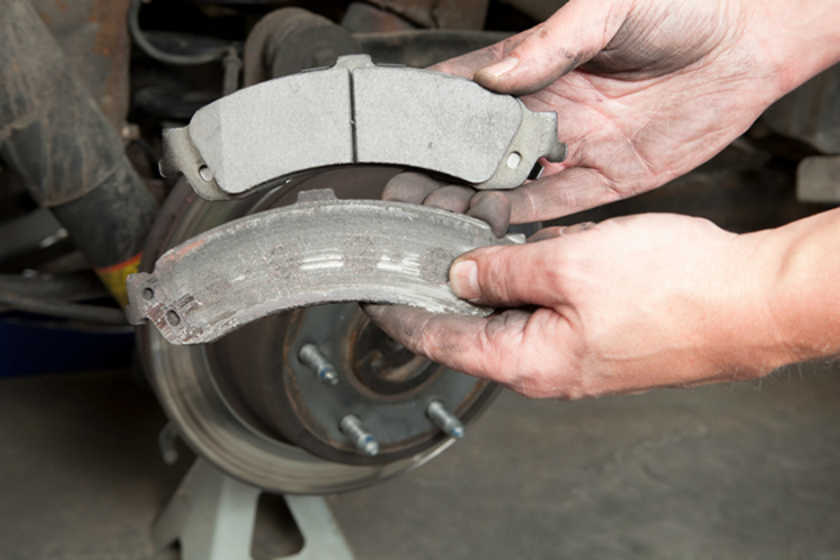
Buying Replacement Brake Pads: Things to Know to Make the Right Selection
Can you feel the brake pedal pulsing or your brakes squealing when you press the brake pedal on your Ford Focus? If the answer is yes, then your brake pads are probably worn down and need to be replaced. Modern auto brake systems have come a long way, and no matter whether your Focus has an older, mechanically-operated brake drum and shoe system or a newer computer-controlled ABS system, you’ll probably need to replace most of your brake components.
The parts that suffer the most wear and tear or abuse are the brake pads. And while the easiest way to get replacement brake pads for Focus is to stick to OEM pads, aftermarket options have also become popular due to their improved performance.

No matter whether you go for OEM or aftermarket brake pads for Focus you should make sure you get a suitable replacement before they completely wear out to ensure your vehicle always has optimal stopping power. Replacing your brake pads in time will reduce the damage done to other essential braking components like the brake rotors and calipers.
So how can you estimate when your Ford’s brake pads are due for a replacement? Well, most manufacturers recommend replacing them every 50.000-70.000km, which is close to every time you should replace the tyres on your vehicle. The tyres and brake pads work together to help slow down and stop your vehicle, so replacing them together makes sense. Moreover, by replacing the brake pads before they completely wear out, you avoid having to replace the brake rotors. Brake rotors need to be replaced every second or third time you replace your tyres, or approximately every 130.000-150.000km.
The most common symptoms you’ll experience that will indicate your brake pads need to be replaced are squealing sounds and pedal pulses. The squealing is a result of the pads wearing too thin. Brake pads have a wear bar indicator that touches the brake rotors when the pads wear more than 80%, which causes the squealing sound. If you feel the brake pedal pulse when you press it, it also means that you need new brake pads. However, this can also mean that you have problems with the ABS system or warped brake rotors, so have your vehicle inspected by a professional mechanic to pinpoint the problem.

When looking for replacement brake pads for Ford Focus, you’ll need to consider a few points in order to fit the best product. The type of pads you’ll need will depend on the driving conditions and your driving style. For instance, brake pads that are designed for commuting will rarely have to deal with higher temperatures. On the other hand, a high-performance vehicle will need pads that are capable of handling some heat. That being said, you have to consider the maximum operating temperature of the brake pads, its ability to provide friction in extreme cold or hot climates, the noise and vibration levels of the pad, and the rotor and pad lifetime (some pads last more than others).
So what type of brake pads can you choose from? There are three basic types, and all of them differ in terms of performance and the applications they’re meant for. Brake pads are categorized based on the type of material they’re made of, which can be organic, semi-metallic, and ceramic.
The first brake pads were made from asbestos, which is a hard, yet toxic material. When inhaled, asbestos can cause respiratory diseases, which is why it was banned. As a result, many brake pads were manufactured by a composite of organic materials such as carbon, rubber, fibers, glass, and more. These pads are quiet-operating, but since the materials are softer, they wear out quicker than other types of brake pads. The best application for organic brake pads is in lightweight vehicles that don’t require too much stopping power.

Then there are semi-metallic brake pads which are found on most vehicles today. The pad is comprised of iron, copper, steel and other metals combined with graphite lubricant and a variety of other materials that help reduce heat build-up. These brake pads are commonly found as OEM solutions for heavy-duty vehicles since they last longer and reduce friction, helping trucks, heavier vehicles and SUVs stop more efficiently.
Lastly, there are ceramic brake pads, which are the newest type. These brake pads are made of hardened ceramic combined with copper fiber. Due to their unique design, they last the longest out of all three types of brake pads and don’t wear the brake rotors as hard as semi-metallic brake pads do. Furthermore, they can withstand extremely high temperatures very well, although they don’t perform as well in colder climates, simply because the material is prone to cracking in extreme cold. They’re also the most expensive option out of all three types.


No Comments